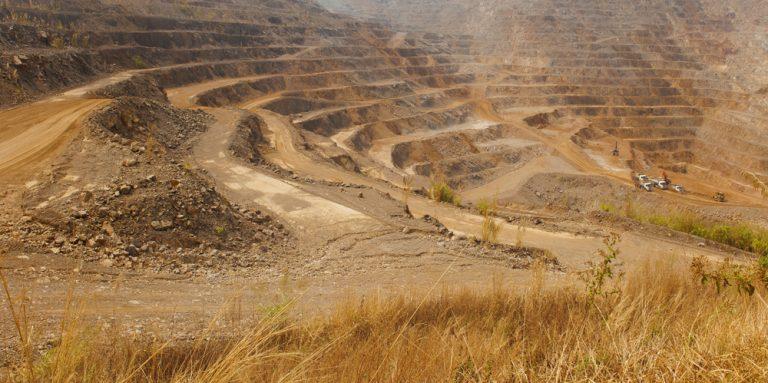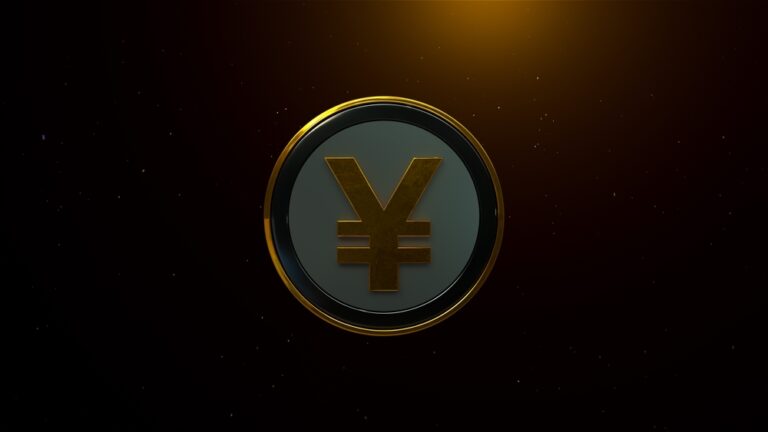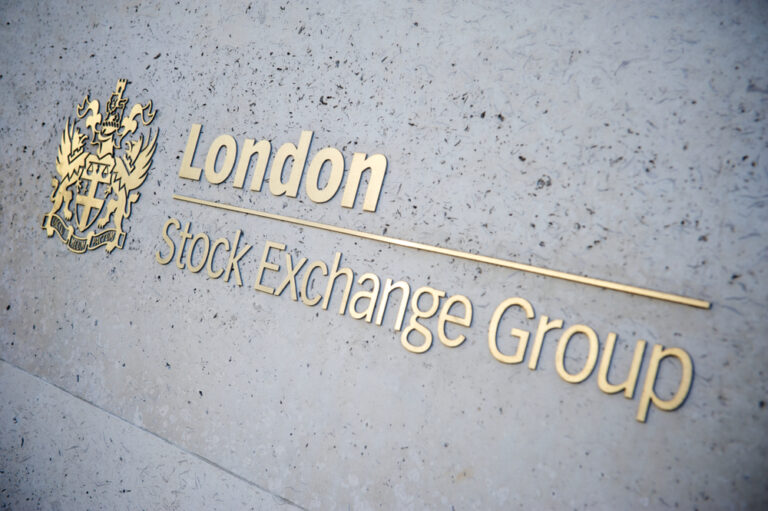The FTSE 100 dropped on Wednesday amid a slew of disappointing corporate updates from companies including HSBC and Taylor Wimpey. BAE Systems shares fell despite issuing a fairly respectable half-year report.
London’s leading index was down 0.4% at 9,096 at the time of writing.
There were several high-profile sell-offs for FTSE 100 shares on Wednesday. None more so than HSBC.
HSBC was the biggest drag on the FTSE 100 in terms of the number of points after the bank reported a $2.1bn hit related to its Chinese banking business. An investigation into its Swiss private bank wouldn’t have helped sentiment, and shares were down over 4% at the time of writing.
Matt Britzman, senior equity analyst at Hargreaves Lansdown, explained that it was “another quarter, another messy set of results for HSBC.”
Britzman continued: “Headline numbers have, once again, been skewed by one-off items, and the 29% drop in second-quarter profit before tax is a poor measure of performance,”
“HSBC took a $2.1 billion hit due to the accounting impact of dilution and impairment in its Chinese bank holding – not for the first time – but these do not affect capital levels. Underlying performance was far more encouraging, with pre-tax profit coming in comfortably ahead of consensus, driven by strong growth in wealth management.”
However, investors were more concerned about impairment charges that are becoming a regular occurrence for HSBC and shares reacted accordingly. The strong run into results would have added to the downside on Wednesday.
Taylor Wimpey was another major casualty on Wednesday, much for the same reason as HSBC. Taylor Wimpey’s underlying performance was arguably strong, with completions in the first half rising.
However, like HSBC, the impact of one-off charges weighed heavily on the housebuilders’ profits, and the net result was a £92m loss before tax for the period.
“Taylor Wimpey’s foundations have looked shaky in 2025. This morning’s profit warning, pinned on a £20m one-off charge for historic site remediation, might offer a convenient scapegoat, but even adjusted, profits are down on last year,” explained Mark Crouch, market analyst for investment platform eToro.
“As one of the UK’s largest volume housebuilders, Taylor Wimpey is heavily exposed to a market where fewer people can afford to buy. High interest rates, relentless house prices, and punitive stamp duty seem to be choking demand. Last year’s cautious optimism has all but vanished, and with completions slowing and forward sales under pressure, the group is caught between rising build costs and a shrinking buyer pool.”
Taylor Wimpet was the FTSE 100’s top faller with losses of over 6%.
BAE Systems was also among the fallers despite there being a lot to like in the defence firm’s half-year report. Sales and orders jumped significantly, and the group upgraded its guidance for the year.
An analyst even called the results’ blockbuster’.
“BAE Systems delivered a blockbuster set of first-half results, with growth across all business units, giving management the confidence to upgrade its full-year guidance,” Aarin Chiekrie, equity analyst, Hargreaves Lansdown said.
“The UK’s largest defence company manufactures heavy-duty military equipment like fighter jets, aircraft and submarines. The group’s diversified portfolio sees it win contracts from around the world, with nearly 45% of its £14.6 billion of first-half sales coming from the US. BAE looks well-positioned to tap into new funding available for some of the administration’s big-money projects, including the Golden Dome missile defence system.”
Despite strong orders and revenue growth in H1 2025, BAE Systems shares were down over 2% at the time of writing, likely due to a bout of profit-taking after a strong run in 2025. BAE Systems shares are up 54% year-to-date.
Away from FTSE 100 corporate updates, investors will be preparing for the Federal Reserve interest rate decision this evening and accompanying press conference.











